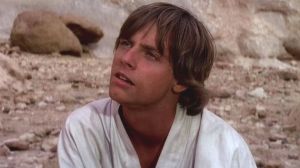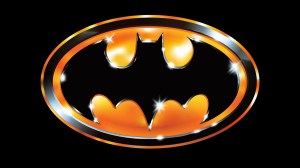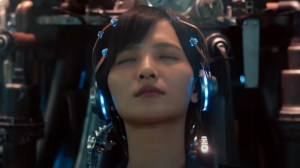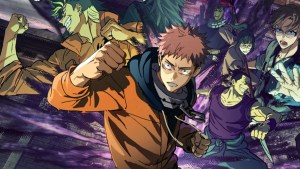This week, the first season of Star Trek: Picard on CBS All Access came to an end. The finale episode, “Et in Arcadia Ego, Part 2,” granted Picard a new lease on life, bid farewell to a fan-favorite character (for good this time), saw another fan-favorite character return to active duty and had plenty of other great moments, some of which will reshape the Star Trek universe in the future. The final episode also wraps up Michael Chabon‘s time as showrunner on the series. He’ll return to write two episodes of the show’s second season and remains an executive producer on the series. Looking ahead, he teased that the series may go in some new directions that may surprise even him and the show’s other creators.
Videos by ComicBook.com
“It’s going to be different in some way,” Chabon tells Variety. “It’s definitely going to go in directions that we didn’t see in Season 1. I think we’ve been emboldened in many ways by the popularity of the show. I’ve only done this once, but I would imagine it’s probably true for a lot of television shows especially in this era: Season 1 was in many respects about learning how to make Star Trek: Picard. Both in a production sense, but also in terms of storytelling and who our cast is, how these characters end up forming surprising links and attachments to each other.
“It’s in a way that I think was probably true back with TNG and what I was talking about — everyone agrees, once Riker grew the beard, the show got better. It was because they learned what they had. Going forward, we’re only going to be doing more of what we did, with greater confidence and with a greater sense of what this show feels like when it’s firing on all engines.”
Part of that learning curve was learning how to balance the tension between the show’s sci-fi adventure and personal journeys. “I think a useful metaphor for thinking about it is an Etch A Sketch. If you remember, there are two dials on the Etch A Sketch, one is plot and one is character. What you’re trying to do, and it’s really hard, is to turn them exactly the same amount so that you’re getting a perfect 45 degree angle. But as soon as you commit to a plotted story, which we committed to from the opening scene of Episode 1, you’ve strapped yourself to a plot-driven engine that you’re going to have to push back against really hard to try to hold it into that 45 degree angle.”
Writing for Star Trek: Picard Season Two is already underway.








